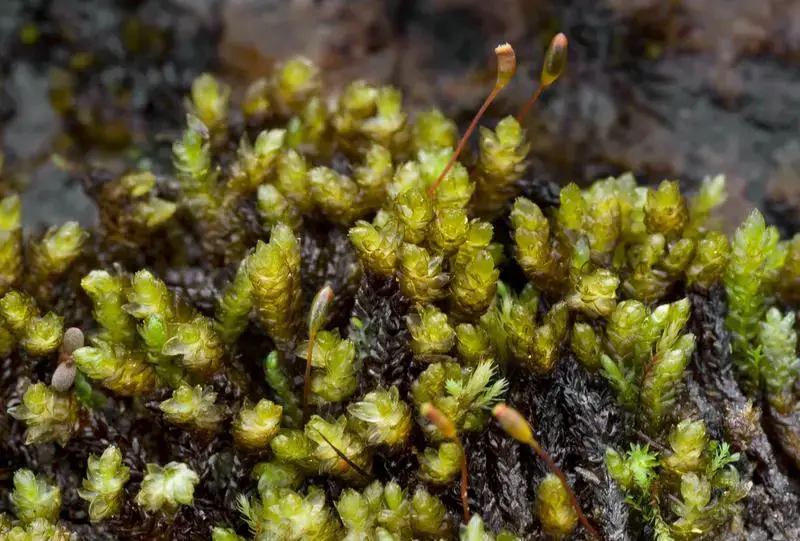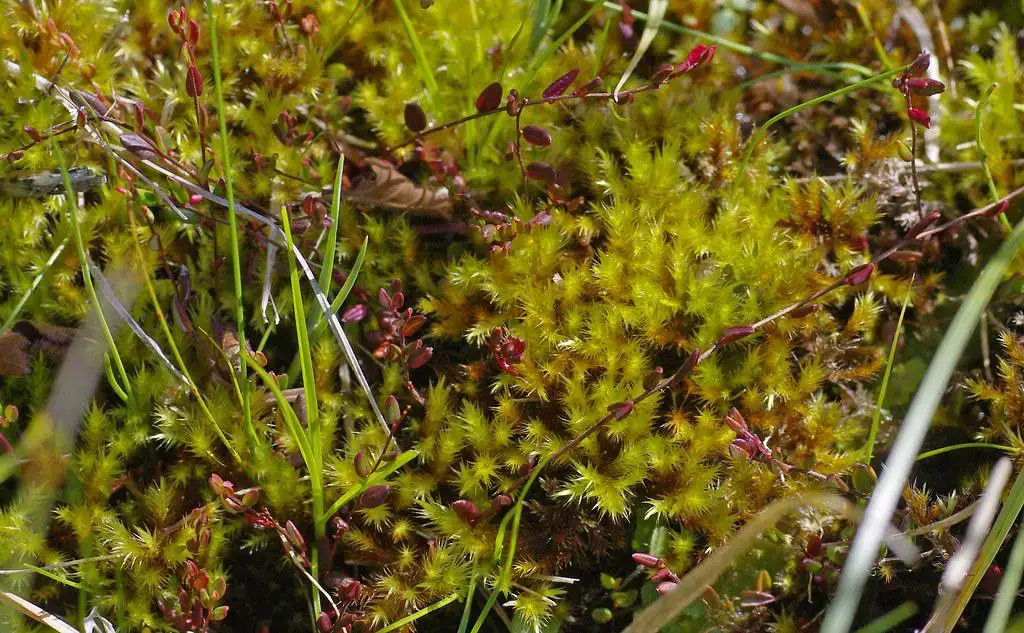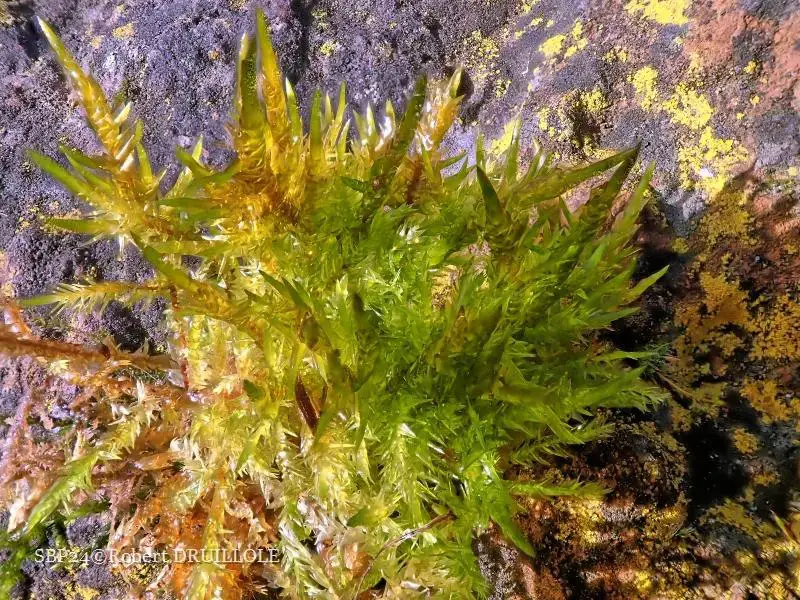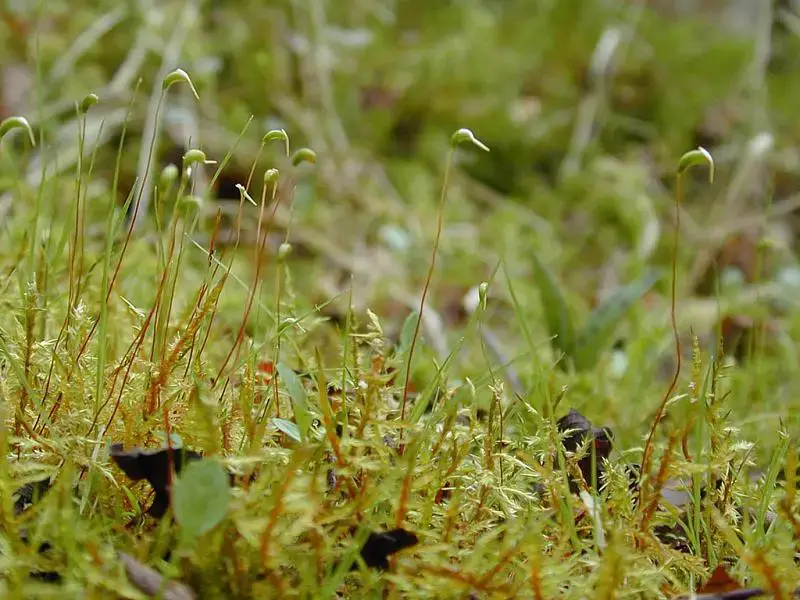
27741_2729_4.jpg from: https://artfakta.se/naturvard/taxon/hygrohypnum-1004637
Introduction
In the vast and captivating world of bryophytes, one particular moss species stands out for its resilience and adaptability – the

49838683367_b6fa043079_b.jpg from: https://www.flickr.com/photos/21657471@N04/49838683367/
Hygrohypnum alpestre (Hedw.) Loeske. Belonging to the Amblystegiaceae family, this unassuming yet remarkable plant has carved out a niche for itself in various habitats across the globe. Join us as we delve into the fascinating realm of this moss, exploring its unique characteristics, ecological significance, and the vital role it plays in the intricate tapestry of life.
Background
Before we dive into the specifics of Hygrohypnum alpestre, it’s essential to understand the broader context of bryophytes. These non-vascular plants, which include mosses, liverworts, and hornworts, are often overlooked but play a crucial role in maintaining the delicate balance of ecosystems worldwide. Despite their diminutive size, bryophytes are incredibly resilient and have adapted to thrive in a wide range of environments, from the Arctic tundra to tropical rainforests.
Main Content
Morphology and Identification
Hygrohypnum alpestre is a small, creeping moss that forms dense, green to yellowish-green mats or tufts. Its slender stems are typically less than 5 cm long, and the leaves are arranged in a spiral pattern. The leaves themselves are narrow, lance-shaped, and often curved or twisted when dry. One of the distinguishing features of this moss is the presence of a costa (a central vein) that extends nearly to the leaf tip.

39293825430_f8c815a133_b.jpg from: https://www.flickr.com/photos/126598284@N05/39293825430/
Global Distribution and Habitat
This hardy moss species has a widespread distribution, occurring across various regions of the Northern Hemisphere, including Europe, Asia, and North America. It thrives in a diverse range of habitats, from moist, shaded rock crevices and cliffs to the banks of streams and rivers. Hygrohypnum alpestre is particularly well-adapted to cool, humid environments and can often be found in alpine and subalpine regions, where it plays a vital role in stabilizing soil and retaining moisture.

604f6618a24f0.jpg from: https://botanique24.fr/fr/portfolio-97423-mousses
Ecological Roles and Adaptations
Despite its unassuming appearance, Hygrohypnum alpestre is a true ecological champion. This moss acts as a pioneer species, colonizing bare or disturbed areas and paving the way for other plants to establish themselves. Its dense mats help to retain moisture, prevent soil erosion, and create microhabitats for a diverse array of invertebrates and microorganisms.

Calliergonella_cuspidata_Kapseln.jpg from: https://www.naturvielfalt.ch/en/organism/33110
One of the remarkable adaptations of Hygrohypnum alpestre is its ability to withstand desiccation. During periods of drought, the moss can enter a state of dormancy, curling its leaves inward to minimize water loss. Once moisture returns, it quickly revives, resuming its vital functions within the ecosystem.
Case Studies/Examples
In the Canadian Rocky Mountains, Hygrohypnum alpestre plays a crucial role in stabilizing slopes and preventing soil erosion in alpine meadows. Its dense mats help to anchor the soil, reducing the impact of heavy rainfall and snowmelt, and providing a stable foundation for other plant species to establish themselves.
Similarly, in the Scottish Highlands, this moss is a key component of the unique and fragile blanket bog ecosystems. Its ability to retain moisture and create a sponge-like environment helps to support a diverse array of plant and animal life, including rare and endangered species.
188537.jpg from: https://inpn.mnhn.fr/espece/cd_nom/4787/tab/fiche
Technical Table
Hygrohypnum-luridum-0712.jpg from: https://www.britishbryologicalsociety.org.uk/learning/species-finder/hygrohypnum-luridum/
| Characteristic | Description |
|---|---|
| Scientific Name | Hygrohypnum alpestre (Hedw.) Loeske |
| Family | Amblystegiaceae |
| Common Name | Hygrohypnum
1001577.jpg from: https://www.bio-forum.pl/messages/3280/1001573.html |
| Growth Form | Creeping, mat-forming |
| Leaf Shape | Narrow, lance-shaped |
| Leaf Arrangement | Spiral |
| Costa | Present, extending nearly to leaf tip |
| Habitat | Moist, shaded rock crevices, cliffs, stream banks |
| Distribution | Northern Hemisphere (Europe, Asia, North America) |
| Ecological Role | Pioneer species, soil stabilization, moisture retention |
| Adaptations | Desiccation tolerance, dormancy |
Conclusion
In the intricate tapestry of life, Hygrohypnum alpestre stands as a testament to the resilience and adaptability of bryophytes. This unassuming moss plays a vital role in shaping and sustaining ecosystems across the globe, from alpine meadows to blanket bogs. As we continue to explore and appreciate the wonders of the natural world, let us ponder this thought-provoking question: How can we better protect and preserve these often-overlooked yet invaluable components of our planet’s biodiversity?